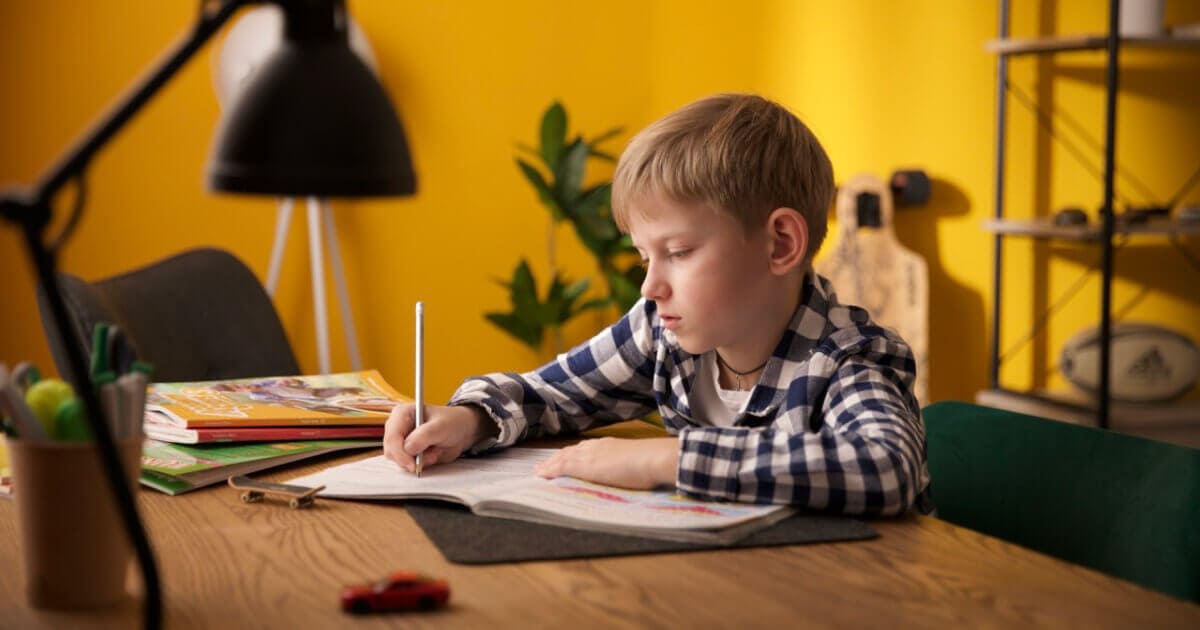What is TESOL and Does It Matter in Your Teaching Career
- Cambridge English
- Teaching qualifications
- Tips & Strategies
- Methodology

30.10.2022
Listening activities are very important for beginners and are a powerful tool for learning a foreign language for both children and adults. It is no secret that the age when children go to school is the most favorable for learning a foreign language.
And the development of listening skills allows you to master the sound aspect of speech, it’s phonemes and intonation, rhythm, stress, methodology.
Become the best online teacher
Through listening, the lexical structure of the language and its grammatical structure are mastered. At the same time, listening facilitates the mastery of speaking, reading and writing. Understanding the language of sounds makes it easier for students to understand graphic language, that is, to decode what they see to how it should sound.
However, despite the importance of this component, if adult students develop their listening skills consciously, it is sometimes difficult to do so with young learners. First of all, that is because everything children do should be of primary interest to them.
In addition to audio recordings from textbooks, there are many other resources that can be of interest to both teachers who work with primary school children and parents who are happy to spend time with their child learning.

1. AudioBook Treasury is an excellent resource with audiobooks for all ages and levels, where you can find a large number of stories just for children.
Here you can find both classic works (“The Wizard of Oz”, “The Adventures of Tom Sawyer”, “Alice’s Adventure in the Wonderland”, etc.) and works by modern children’s writers.
All audiobooks contain short audio recordings (2 — 5 minutes) that can be listened to without spending the entire lesson. That is, one book can be listened to in parts during 4 — 5 lessons.
2. Another great resource where you can find interesting stories, fairy tales, and fiction for children it’s LoyalBooks. Here you can not only listen to audiobooks, but also download free e-books for children.
3. Storynory is a website where you can also listen to and download audio for free.
All materials are offered in categories (“Fairy tales”, “Modern authors”, “Myths and legends”, etc.). Below each audio file there is a text that can also be used for learning together with the recording.
4. Teacher Scholastic is a resource where you can find a large number of interactive books that you can listen to, and after each story — complete tasks.
For the youngest learners we offer a selection of links where you can find short bright stories and fairy tales with wonderful illustrations:

Practical tips for teaching English to YL online
Read more5 warmers for Young Learners
We hope that this selection of resources and activities will help not only teachers, but also parents and children to develop and improve their listening skills, and to spend their free time together with pleasure.
Yulia Chorna
Author
DELTA Module 1, CELTA certified teacher of General & Business English
Comments
Leave your comment